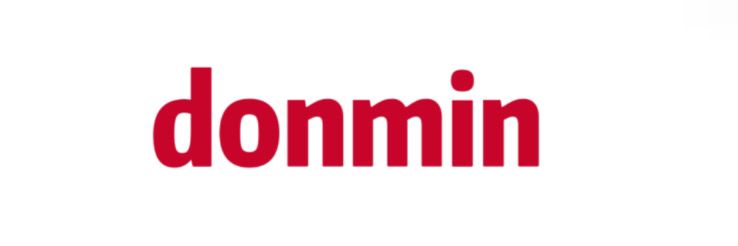Metal Jacket Overlay vs. Traditional Coatings: Which is Better?
Understanding Coating Options
When it comes to protecting surfaces and improving durability, choosing the right coating is crucial. Two popular options are metal jacket overlays and traditional coatings, each offering distinct advantages and potential drawbacks.
What Are Metal Jacket Overlays?
Metal jacket overlays are engineered solutions made from durable metals that are applied over existing surfaces. This form of protection is particularly favored in industrial applications where harsh environmental conditions threaten the integrity of materials. The metal layer provides excellent resistance to wear, corrosion, and impact.
Key Benefits of Metal Jacket Overlays
- Exceptional Durability: Designed to withstand extreme conditions, metal overlays exhibit a longer lifespan than many traditional coatings.
- Corrosion Resistance: These overlays excel in preventing rust and corrosion, especially in chemical processing and marine environments.
- Repair Capability: Damaged sections can often be repaired without the need for complete reapplication.
Exploring Traditional Coatings
Traditional coatings typically include paints, varnishes, or polyurethanes that provide a protective layer over surfaces. These coatings can vary greatly in terms of formulation and application methods, catering to a wide range of aesthetic and functional needs.
Advantages of Traditional Coatings
- Cost-Effectiveness: Generally, traditional coatings are more affordable and easier to apply than metal overlays, making them accessible for various projects.
- Aesthetic Versatility: These coatings come in a variety of colors and finishes, allowing for customization to meet design preferences.
- Ease of Application: Traditional coatings can often be applied with basic equipment, making them suitable for DIY projects.
Comparative Analysis
Deciding between a metal jacket overlay and traditional coatings involves evaluating several factors, including environment, purpose, and budget.
Performance in Harsh Conditions
Metal overlays outperform traditional coatings in environments exposed to severe abrasion, high temperatures, and chemical exposure. Industries such as oil and gas, marine, and manufacturing often lean towards metal overlays for their superior longevity and reliability.
Installation and Maintenance Costs
While the initial investment in metal jacket overlays can be higher, the long-term maintenance costs may be lower due to their resilience and reduced need for frequent replacements. In contrast, traditional coatings might require more frequent reapplication and repairs, increasing overall expenses over time.
Environmental Considerations
Traditional coatings are often more user-friendly and emit fewer harmful chemicals, making them a preferable choice for residential projects or spaces needing low environmental impact. However, their long-term durability must be weighed against the more robust nature of metal overlays.
Conclusion: Making the Right Choice
Ultimately, the decision hinges on specific needs and conditions. For projects requiring maximum durability and protection, metal jacket overlays present a compelling case. Conversely, for applications focusing on cost-effectiveness and aesthetic flexibility, traditional coatings prove advantageous. Assessing the unique demands of your project will lead to the most effective coating solution.
For more Copper Clad Stainless Steel, Cladding facade plateinformation, please contact us. We will provide professional answers.

